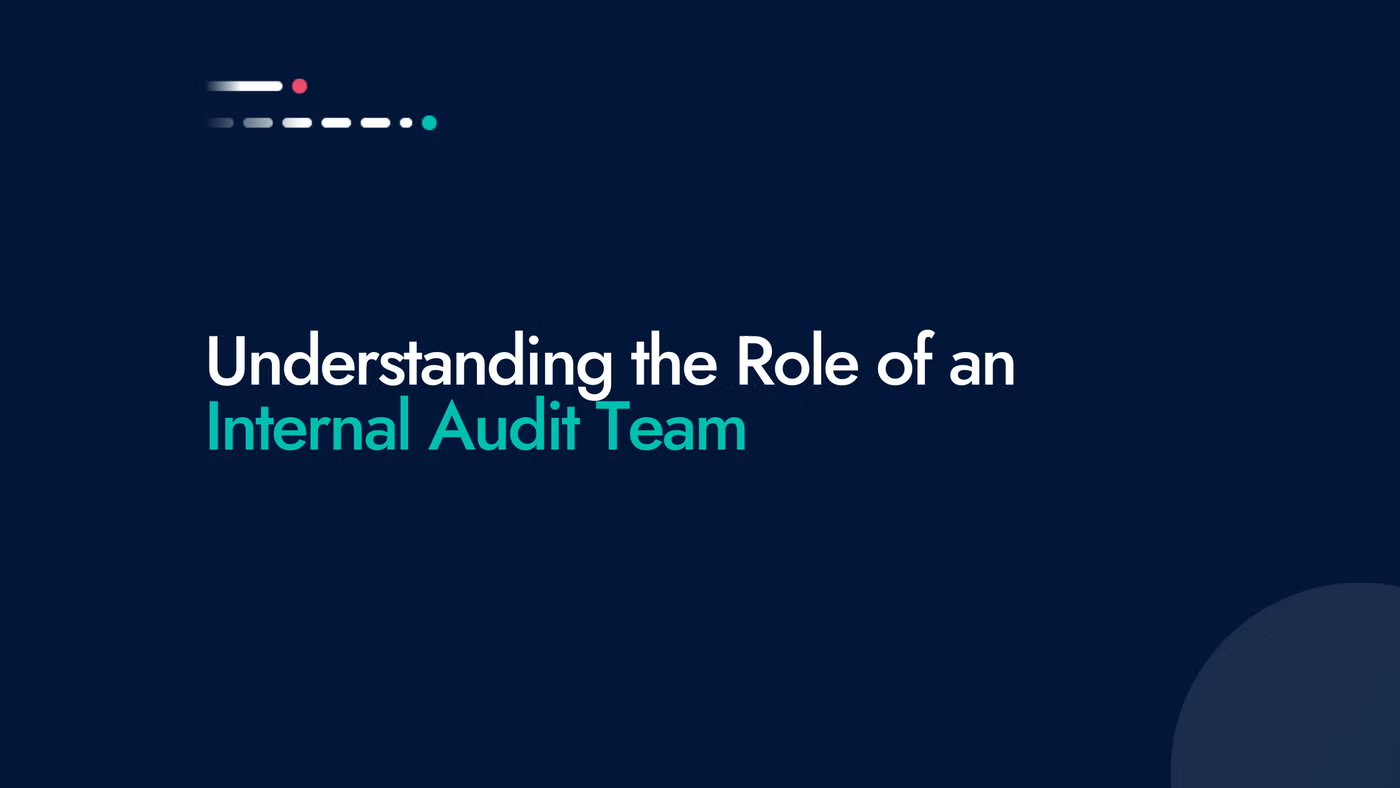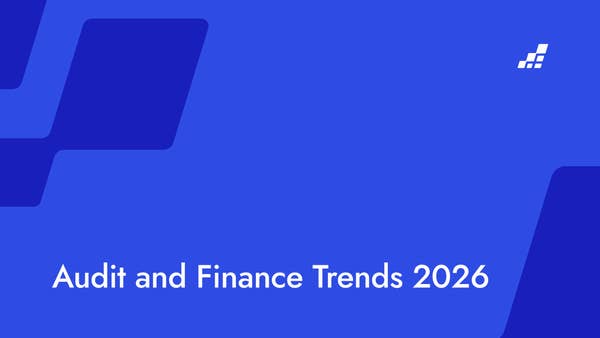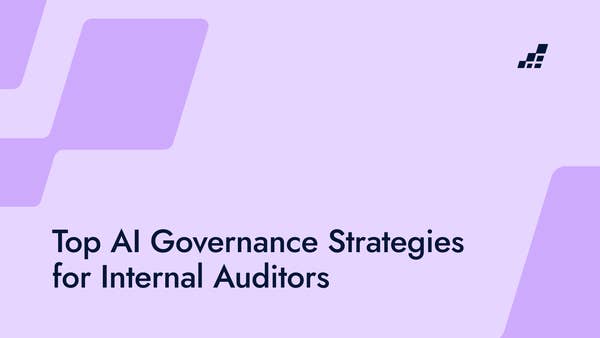- /
- Blog
Understanding the Role of an Internal Audit Team

Internal audit teams are no longer limited to compliance and control. Today, they’re expected to deliver assurance, insight, and foresight, helping organizations manage risk and improve efficiency. To meet these expectations, internal auditors are turning to automation tools that simplify testing, documentation, and control monitoring.
The modern responsibilities of an internal audit team
- Evaluating internal controls to ensure processes are designed and operating effectively.
- Assessing risk management practices to identify where controls may fail or where new risks emerge.
- Reviewing governance structures to confirm decision-making and accountability are sound.
- Ensuring compliance with applicable laws, standards, and internal policies.
- Evaluating internal controls to confirm processes are designed and operating effectively
- Assessing risk management practices to identify gaps and emerging risks
- Reviewing governance structures to ensure accountability and transparency
- Ensuring compliance with laws, standards, and internal policies
How audit software supports internal audit teams
For example, automation can help:
- Reduce manual sampling by automatically matching transactions to supporting documentation.
- Improve accuracy through consistent templates and version-controlled workpapers.
- Enhance collaboration by standardizing documentation across teams and departments.
- Accelerate reviews with traceable evidence linked directly to data sources.
Streamlining internal controls and control testing
- Perform Tests of Controls (ToCs) and Tests of Details (ToDs) directly in Excel.
- Use Document Matching to automatically tie evidence to sampled transactions.
- Apply Form Extraction and Invoice Extraction for control testing related to payments, approvals, or reconciliations.
- Leverage Financial Statement Suite features to check for accuracy, internal consistency, and version differences.
Automation makes control testing faster, traceable, and compliant, without forcing teams to leave their Excel environment.
From compliance to insight
Internal audit teams now play a strategic role in how organizations manage data and risk. Their insights guide leadership on process improvement, risk mitigation, and digital transformation.
Automation and Excel-native tools make this shift practical. They enable auditors to test larger data sets, spot anomalies faster, and standardize documentation, turning audit evidence into insight that supports better decisions.
The impact of automation: real examples
How DataSnipper supports internal audit teams
- Document SOX controls, IT audits, and operational audits efficiently.
- Create a single source of truth for audit evidence and review notes.
- Standardize processes with reusable Company Templates.
- Meet regulatory requirements with clear, traceable audit trails
This Excel-native model means internal auditors don’t have to overhaul their tools or processes—just make them faster and more consistent.


.png?width=600&quality=70&format=auto&crop=16%3A9)
